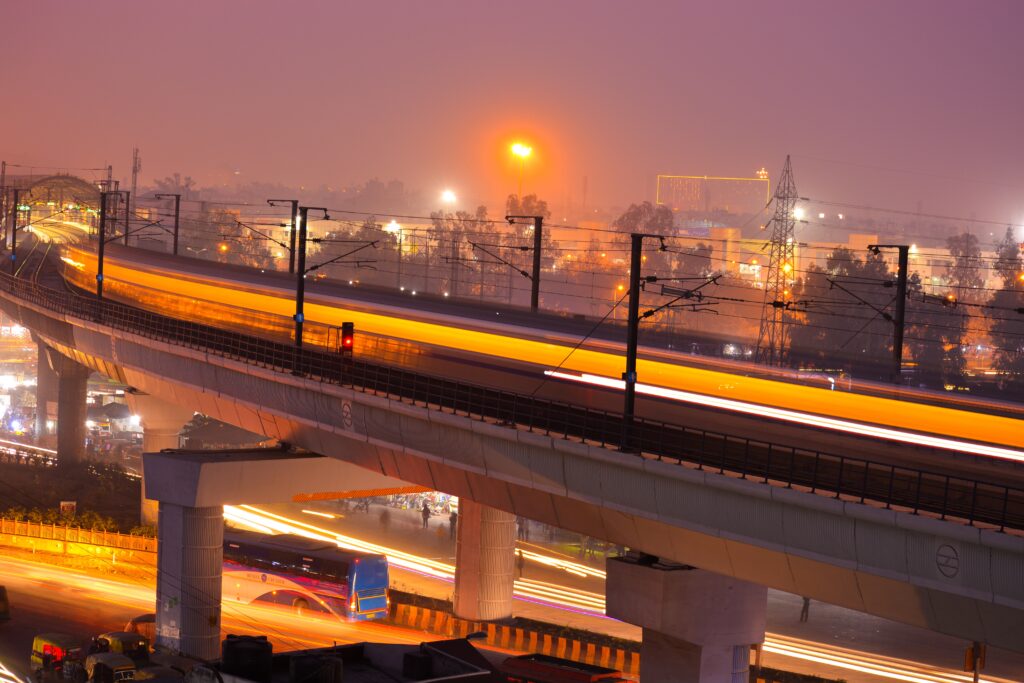
For more than two decades, investors have been drawn to India by the massive unfulfilled need for infrastructure, as well as a stream of prospects worth trillions of dollars.
When investing in any market, particularly in emerging nations, investors must acquire the key aspects:
- Perspectives on economic cycles
- Knowledge of government policy and its impact on the investment climate
- Understanding of various sectors and the potential partners in each
The Indian infrastructure market has strong demand characteristics, significant unmet demand with a demography that will drive growth for the next few decades. The market offers a large pool of tradable assets that compares well in size to assets traded in developed infrastructure markets and benefits from facilitative government policies. These elements have all contributed to a high level of investor interest in the market.
Sector Overview
Several infrastructure sub-sectors are especially well-positioned to benefit from government assistance. There is strong growth in renewable capacity additions to the energy sector, primarily in utility-scale solar and wind, underpinned by state and federal government. It is driven by the Modi government’s target of 175GW renewable capacity by 2022. Renewable energy costs are also declining and now rank as some of the most competitive in the world. Prices have stabilized to more balanced levels for investors after a dramatic fall in recent years. Aside from projects with government backing, a rising number of platforms aiming to serve the commercial and industrial markets are rapidly ramping up and pursuing debt finance to support their expansion plans.
The road sector is another area in transportation that offers large prospects for infrastructure loans. India already has the second largest road network in the world. Further investment in the sector has been earmarked as a key priority to boost productivity and the economy, with the Modi government announcing its goal of developing 34,800km of national highways between 2019 to 2024. The government has adopted many beneficial steps to attract private capital, including the Hybrid Annuity Model, to encourage additional investment in the sector (or HAM). The National Highway Authority of India (NHAI), a government organization, finances up to 40% of a project’s construction expenses while also providing a set annuity revenue stream for the duration of the concession, reducing traffic risk for investors. The adoption of the HAM model has resulted in a significant increase in the building of new road projects in India, which are proving to be appealing assets for long-term investors such as sovereign wealth and pension funds, frequently through InvIT vehicles due to their lower risk profile.
Investment Opportunity
Despite the market’s appeal, investment in Indian infrastructure has historically yielded uneven results due to a variety of constraints. Poor governance standards, a scarcity of high-quality prospects on a large scale, and a sluggish track record of exits are the main factors that have turned off many prospective investors. However, thanks to the maturing market and government initiatives to encourage private capital, each of these challenges are becoming manageable. Investors have made a huge number of control and co-control agreements in recent years, and the success of the Insolvency and Bankruptcy Code 2016 in settling several cases has greatly reduced governance risk. Moreover, Indian infrastructure investing has now reached an inflection point, with Infrastructure Investment Trusts (InvITs) creating a robust framework to aggregate large pools of quality assets. InvITs’ creation of a clear path to asset sale has also provided infrastructure investors’ confidence to invest large sums of money in under-construction projects.
Investor’s approach
Debt
The market for infrastructure debt opportunities in India is significant, combining a great need for infrastructure across a wide range of sectors, limitations in domestic debt capacity, and a significant need among borrowers for specialized financing solutions and flexible capital. In India, there is a huge need for debt financing. Debt investors wishing to invest in India should identify attractive opportunities with experienced and quality sponsors to finance strong defensive assets with high cash flow predictability and visibility.
Equity
The equity investors active in India’s infrastructure market are a heterogeneous group. Some investors seek lower-risk and stable yield assets. Others seek private, equity-like returns by addressing jurisdictional and project-level risks with more active asset management. Furthermore, while some investors favor minority investments, others want only control or co-control transactions. The current market offers opportunities across the spectrum.
Indian developers are now comfortable with co-control structures and are also more amenable to a build and-sell strategy as opposed to an asset aggregation strategy, which was their preference until a few years ago. This has allowed investors to create well-aligned platforms in partnership with local developers.
The government of India has initiated a process of asset divestments that allows investors to buy high-quality operating assets. The government recently extended long-term concessions for six international airports, which raised the interest of multinational investors. Furthermore, as secondary market sales become more prevalent and the investor pool expands, early investors can feel more assured about the prospect of a prompt exit if their fund’s mandate calls for it. A reasonably stable local currency and the availability of low-cost finance (from both domestic and international markets) make these projects more appealing.
Conclusion
With strong demand for capital seen across practically all infrastructure sectors, India would be a primary market for debt investments in Asia. Indian infrastructure is primed to garner a growing proportion of investor interest, and the government’s continuous efforts to develop consistent, supportive policies will go a long way toward securing it.
Subscribe to our Newsletter to get exciting content delivered to your Mailbox!





